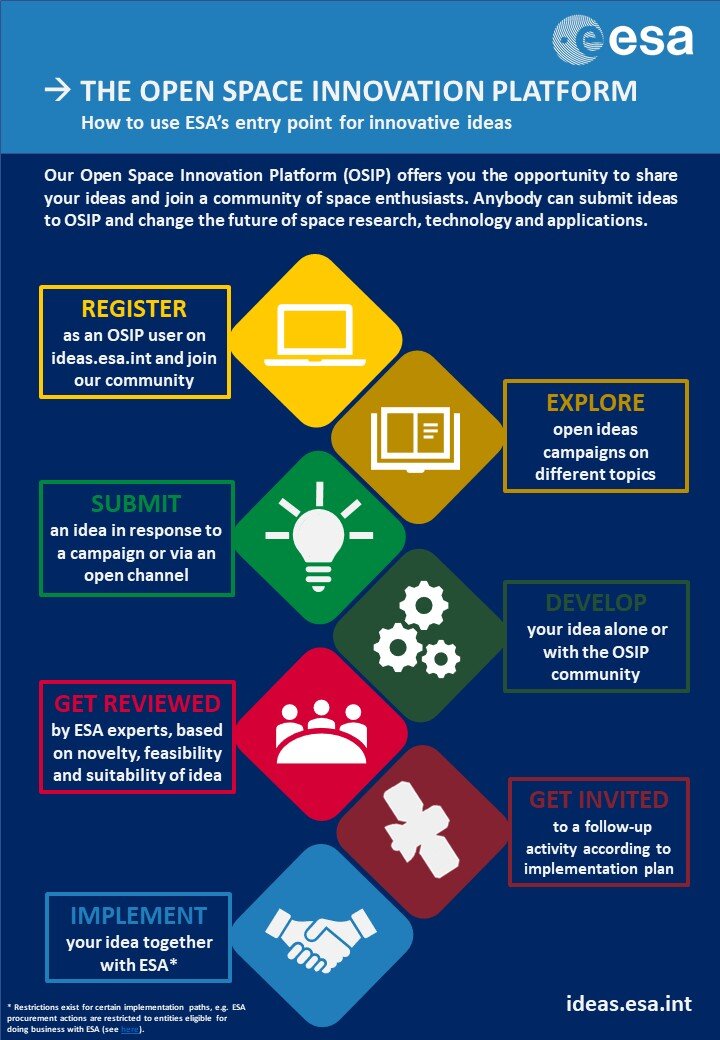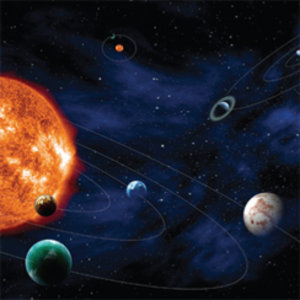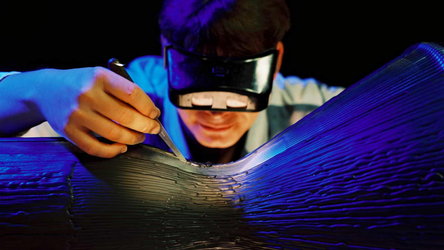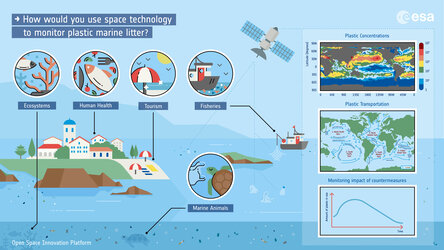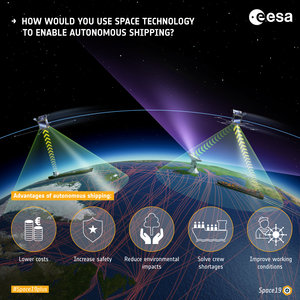ESA opening up to new ideas
ESA aims to harness a new resource for future space activities: ideas from European researchers, businesses and the general public. Through its new Open Space Innovation Platform (OSIP), anyone is welcome to respond to space-related challenges.
The Agency’s new Open Space Innovation Platform website is a streamlined entry point for novel ideas, both in response to specific problems and open calls. The platform forms part of a wider effort to support the future competitiveness of European space industry with early technology development, implementing the new Space Technology Strategy.
ESA Director General, Jan Wörner, comments: “Through OSIP we hope to build and nurture a community of space technology enthusiasts, enabling people to inject their insight into the ESA and collaborate smoothly with ESA experts to contribute to the future of the Europe in space.”
OSIP will challenge users to propose new ideas to address specific problems in form of thematic campaigns. The site currently hosts two such public challenges, both linked to the oceans, as well as a channel to submit ideas for co-sponsored research.
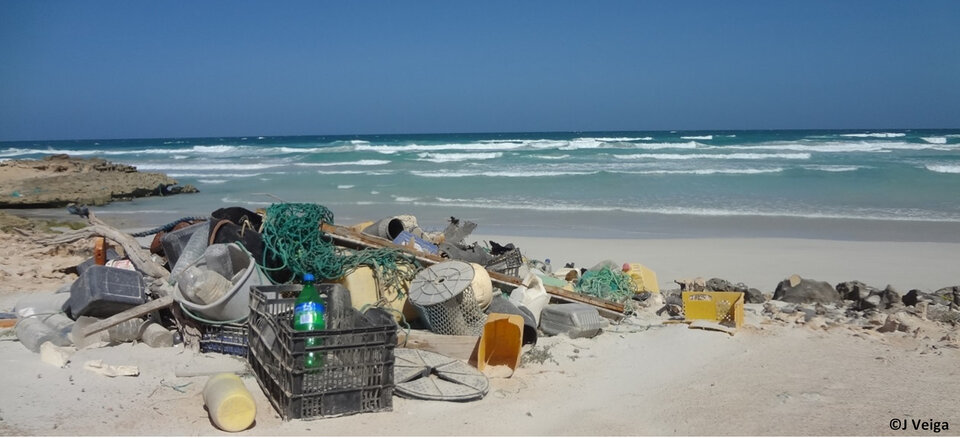
"Space is endless; there's always room for great ideas,” says ESA’s Discovery & Preparation Officer, Moritz Fontaine.
“Whether it is individuals who wish to support space research, or companies interested in beginning a new partnership with ESA, we invite people to share their ideas via this new site, so that we can transform the best suggestions for cutting-edge research and technology quickly into new activities.”
Two inaugural challenges have just been released on OSIP at ideas.esa.int:
- calling for novel ideas on ways of achieving the currently impossible task of detecting and tracking marine plastic litter from space
- and for ways of enlarging the effective area of autonomous shipping – today heavily reliant on satellite navigation – into heavily-trafficked ports requiring precision navigation as well as the high Arctic, where satnav is rendered less reliable.
Another OSIP channel calls on ideas for research projects without a specific theme. These novel space-related research proposals would be co-funded by ESA. While the two campaigns have deadlines, the channel is open ended with rolling evaluations and selections.
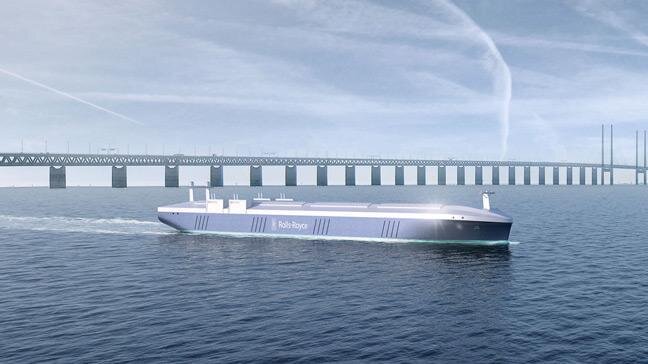
Part of a wider effort to open up the early stages of the Agency’s innovation pipeline in preparation for ESA’s Space19+ Ministerial Council, OSIP is implemented through the Agency's Discovery & Preparation programme. Part of the Agency’s Basic Activities, this programme is used to peer beyond the immediate planning horizon.
Through boosting investment in Basic Activities, a key aim of Space19+ is to ensure a vibrant end-to-end space ecosystem, harnessing and promoting the creativity that comes from the free and open access of data through European and international networks.
“More is becoming possible in space, thanks to ongoing technological advances and the increasing opportunities for partnership enabled by the Space 4.0 era,” explains Leopold Summerer, heading ESA’s Advanced Concepts and Studies Office, which is implementing Discovery & Preparation activities in close coordination with Jan Wörner, who selected the first two ocean-linked OSIP campaign topics.

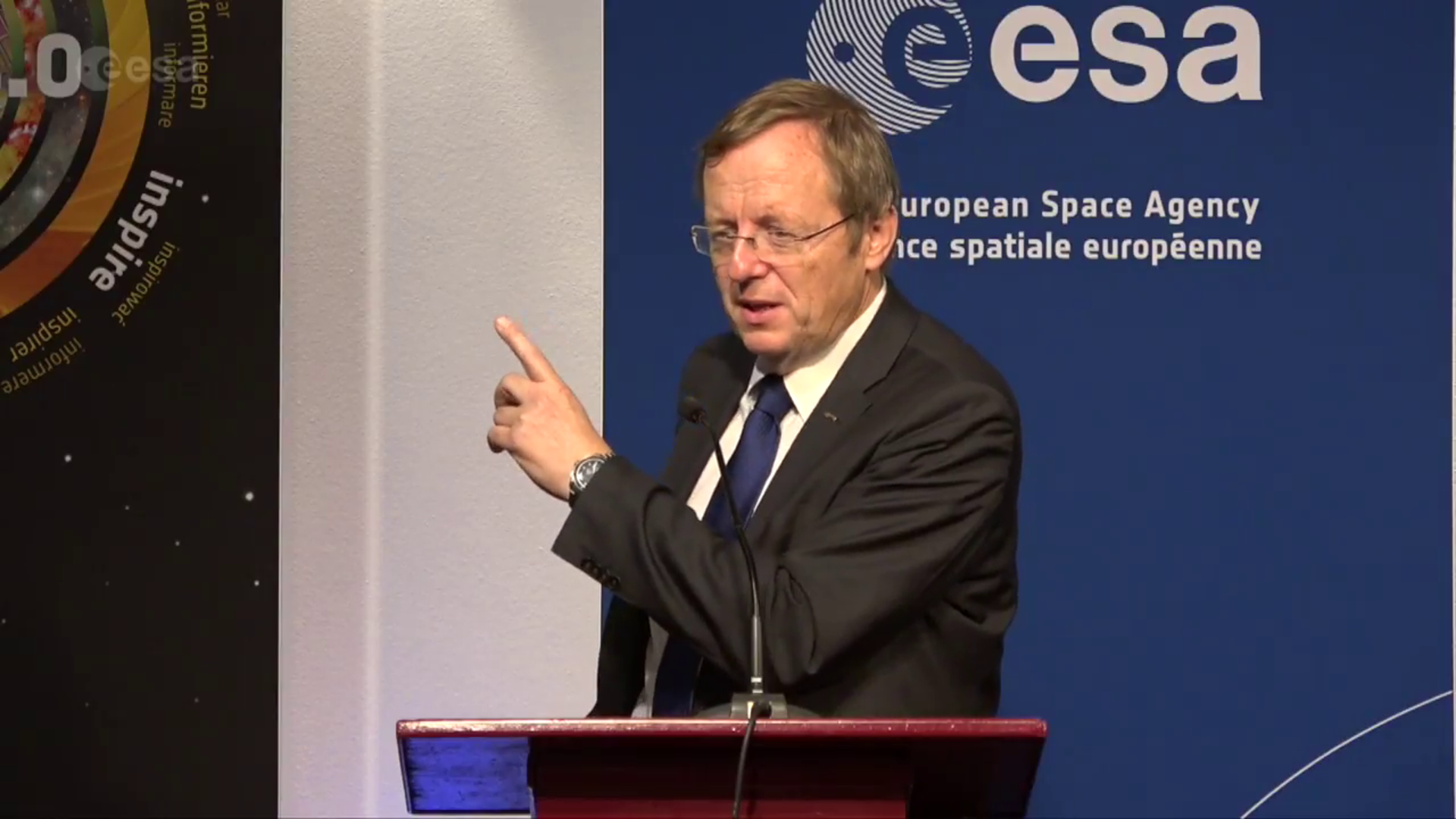
Access the video
“To take maximum advantage of this increasing freedom of action we have to start at the early ideas stage, to enlarge our perspective and ensure the best available ideas are identified early and adopted quickly for follow-on research and development through our various programmes – what we call our seamless chain of innovation, resulting in a faster transition from early ideas to application on space missions – one of the four targets of our Technology Strategy.”
ESA’s first contact with new ideas typically comes through the Discovery element, which also includes the Advanced Concepts Team (ACT), the Agency’s future-oriented think tank staffed with a rotating roster of Ph.D. researchers. Initial studies are typically system studies, asking: if we incorporate this innovation into a space system, what would it enable, how could it work in practice?
The next stage is the Agency’s Technology Development Element, similarly active across all sectors of space. This is dedicated to creating the first laboratory prototypes of new ideas to demonstrate they are ready to be taken further by follow-on programmes, such as ESA Science’s Core Technology Programme, the ARTES Advanced Research in Telecommunications Systems programme or the General Support Technology Programme, readying technologies for spaceflight and the open market.
The goal of ESA’s seamless chain of innovation is to have a steady stream of new technologies ready for take-up by ESA missions and programmes – making the right discoveries available at the right time as missions and applications require them.
As Leopold adds: “By opening the early elements of our seamless chain, ESA will better serve the emerging innovation needs of the new space sector.”














 Germany
Germany
 Austria
Austria
 Belgium
Belgium
 Denmark
Denmark
 Spain
Spain
 Estonia
Estonia
 Finland
Finland
 France
France
 Greece
Greece
 Hungary
Hungary
 Ireland
Ireland
 Italy
Italy
 Luxembourg
Luxembourg
 Norway
Norway
 The Netherlands
The Netherlands
 Poland
Poland
 Portugal
Portugal
 Czechia
Czechia
 Romania
Romania
 United Kingdom
United Kingdom
 Slovenia
Slovenia
 Sweden
Sweden
 Switzerland
Switzerland



























